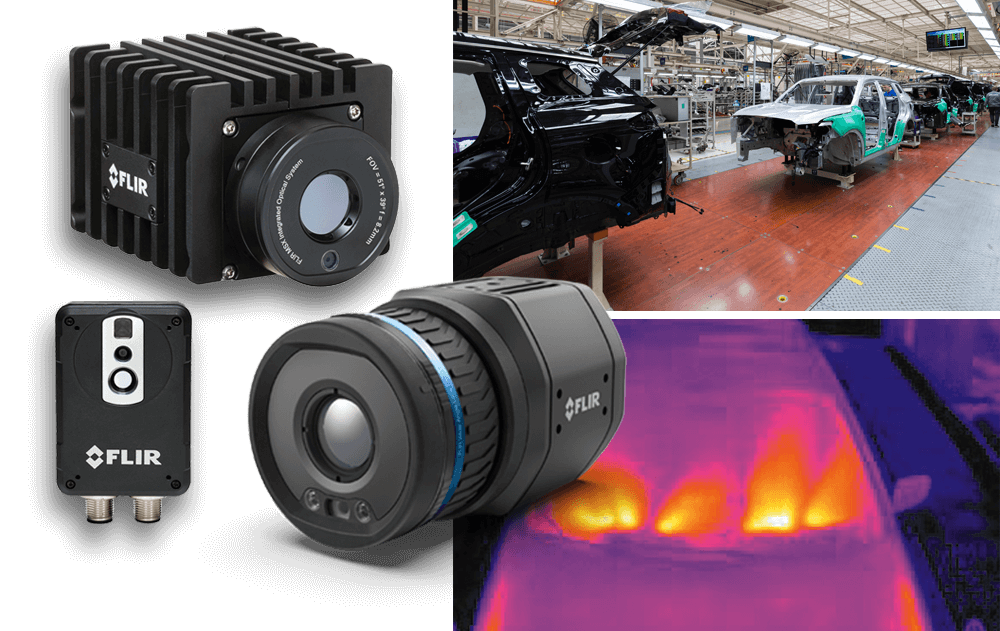#statusMessage#
Do you want to start the compare now?
#statusMessage#
Do you want to start the compare now?

With the increasing importance of renewable energies in the wake of climate change, solar energy is moving further into ...

The complexity of military radios and the often harsh weather conditions have a negative impact on the reliability of ra...

Automation with thermal imaging technology has proven to be a reliable solution for quality control in various industrie...

In diesem exklusiven Whitepaper erfahren Sie, wie Sie mit der richtigen Messtechnik arbeiten: ✔ Sie realisieren ein Test...
Manufacturer number: RP7973A
On Request
The bidirectional Keysight DC power supply RP7973A combines powerful DC power source and regenerative electronic load in one device (2-quadrant mode). Its integrated safety functions protect both the user and the test object, so that even critical battery states can be emulated safely. The excess energy emitted by the test object can be fed back into the utility network with little loss, thereby reducing energy costs for power consumption and cooling.
The RP7900A series renewable energy system can continuously lower up to 100% of its rated current indefinitely. The transitions between source and sink current occur seamlessly and without changing the output behavior. The battery emulation function can be used to simulate different power and load conditions, enabling realistic characterization of battery capacity and operating time. Programmable resistors take into account the real output impedances of a battery and thus emulate its operation in different states of charge.
Use the RP7973A power system as a power source or electronic load, just like a battery:
PV mode:
The Keysight RP7970/RP7980 series bidirectional power supplies help you verify and maximize your inverter performance by simulating PV systems. They are able to simulate the performance characteristics of a PV system under different environmental conditions (temperature, irradiation, age, cell technology, etc.) and allow you to quickly and easily evaluate the MPPT (Maximum Power Point Tracking) algorithms and the efficiency of the inverter to be tested comprehensively.


